

LIFE 10 NAT/ES/000582
Lucha contra las especies invasoras en las cuencas hidrográficas de los ríos Tajo y Guadiana en la Península Ibérica

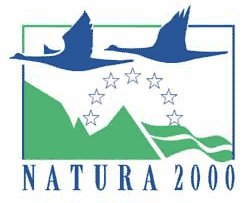


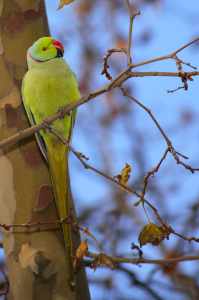
Cotorra de Kramer (Psittacula krameri) © Carles Pastor
Did you know that some pets are invasive species?
Invasive species are alien species that are introduced in our habitats, where they survive, reproduce, and widen their distribution areas, seriously damaging our ecosystems and its native species. It needs to be known that invasive species will only be considered as such if they were introduced by man, on purpose or not.
Within the wide range of invasive species that might be found in our ecosystems nowadays, there is one particular group that needs special mention: invasive species that were originally acquired as pets. It is true that cats and dogs are still the first and second options for people getting a new pet, but it is remarkable the fact that owners' preferences have been changing in the last decade, and it is becoming more common that people choose to buy an exotic pet.
Invasive species are alien species that are introduced in our habitats, where they survive, reproduce, and widen their distribution areas, seriously damaging our ecosystems and its native species. It needs to be known that invasive species will only be considered as such if they were introduced by man, on purpose or not.
Within the wide range of invasive species that might be found in our ecosystems nowadays, there is one particular group that needs special mention: invasive species that were originally acquired as pets. It is true that cats and dogs are still the first and second options for people getting a new pet, but it is remarkable the fact that owners' preferences have been changing in the last decade, and it is becoming more common that people choose to buy an exotic pet.
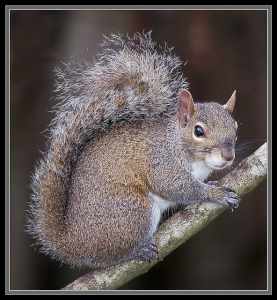
Do you think you are ready to adopt a pet?
The reasons why you adopt a new pet may be several. Pets might be good company for older people, playmates for children, etc. In any case, there are certain facts that need to be taken into account. In the first place, pets are animals and, as such, they have their own peculiarities and needs. They directly depend on us, so it is our duty to provide them with a minimum of attention (suitable place where they can live, adequate food, certain knowledge on their race, behaviour, etc., diseases, care they may need, etc.). In all, we need to be ready to take care of our pet, and be aware of any possible requirements.
The reasons why you adopt a new pet may be several. Pets might be good company for older people, playmates for children, etc. In any case, there are certain facts that need to be taken into account. In the first place, pets are animals and, as such, they have their own peculiarities and needs. They directly depend on us, so it is our duty to provide them with a minimum of attention (suitable place where they can live, adequate food, certain knowledge on their race, behaviour, etc., diseases, care they may need, etc.). In all, we need to be ready to take care of our pet, and be aware of any possible requirements.
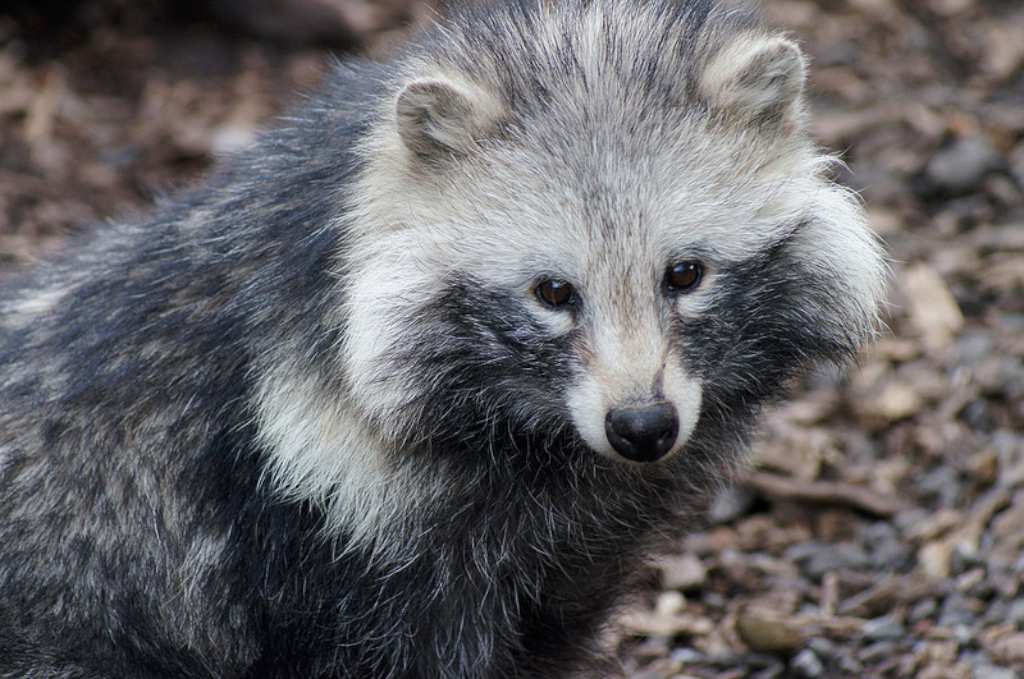
Perro mapache- © Tim Ellis
Sciurus - © Michael Drummond
Did you know that many exotic species acquired as pets carry diseases which might be lately transmitted to humans and other animals?
La búsqueda de lo raro, lo curioso o lo exótico se ha implantado también a la hora de elegir una mascota, llegando a desplazar curiosamente a nuestras mascotas más tradicionales (perros y gatos) que ven su lugar ocupado por animales los cuales hace unos años habría sido impensable que compartieran techo con nuestra familia. Así, no debería asustarnos si un día nuestro hijo nos pidiera como mascota un petauro del azúcar, una tarántula de uñas rosas de Martinica, un cerdo vietnamita o una boa esmeralda. La fama de algunas especies exóticas de ser animales que necesitan pocos cuidados, resistentes a las condiciones más duras o simplemente que no haya que sacarlas a pasear ha hecho que muchas personas se decidan a adquirir una mascota exótica y llevarla a su casa ¿pero sabe de los riesgos de su adquisición?
Las mascotas en general y dependiendo de las especies son portadores de enfermedades y parásitos que en ocasiones pueden transmitir a sus propietarios, fenómeno que se denomina zoonosis. Si añadimos un punto de exotismo a esta ecuación nos daremos cuenta de que la peligrosidad aumenta cuanto más exótica sea su procedencia. Por ello los centros de Control y Prevención de Enfermedades alertan de que este tipo de enfermedades representan el 75% de todas las nuevas amenazas infecciosas.
Las mascotas en general y dependiendo de las especies son portadores de enfermedades y parásitos que en ocasiones pueden transmitir a sus propietarios, fenómeno que se denomina zoonosis. Si añadimos un punto de exotismo a esta ecuación nos daremos cuenta de que la peligrosidad aumenta cuanto más exótica sea su procedencia. Por ello los centros de Control y Prevención de Enfermedades alertan de que este tipo de enfermedades representan el 75% de todas las nuevas amenazas infecciosas.
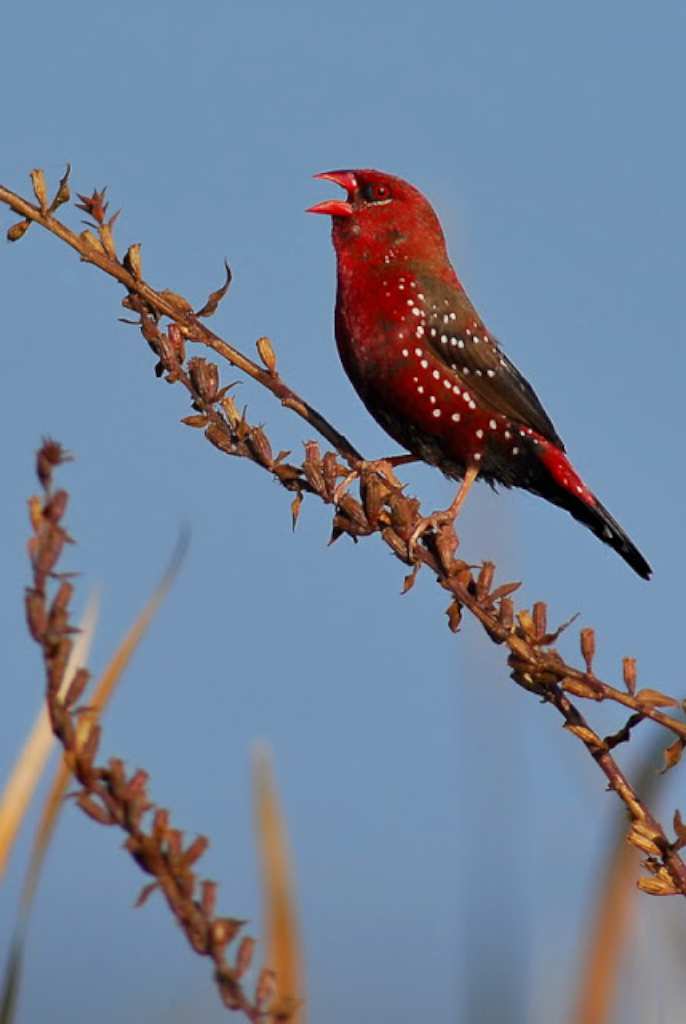
Bengalí rojo - © Atanasio Fernández
Did you know thtat the Government of Extremadura will take charge of your exotic pet if you cannot take care of it any more?
The Government of Extremadura has decided to launch a campaign through which it will take charge of exotic pets that are being abandoned lately.
The Government of Extremadura has decided to launch a campaign through which it will take charge of exotic pets that are being abandoned lately.
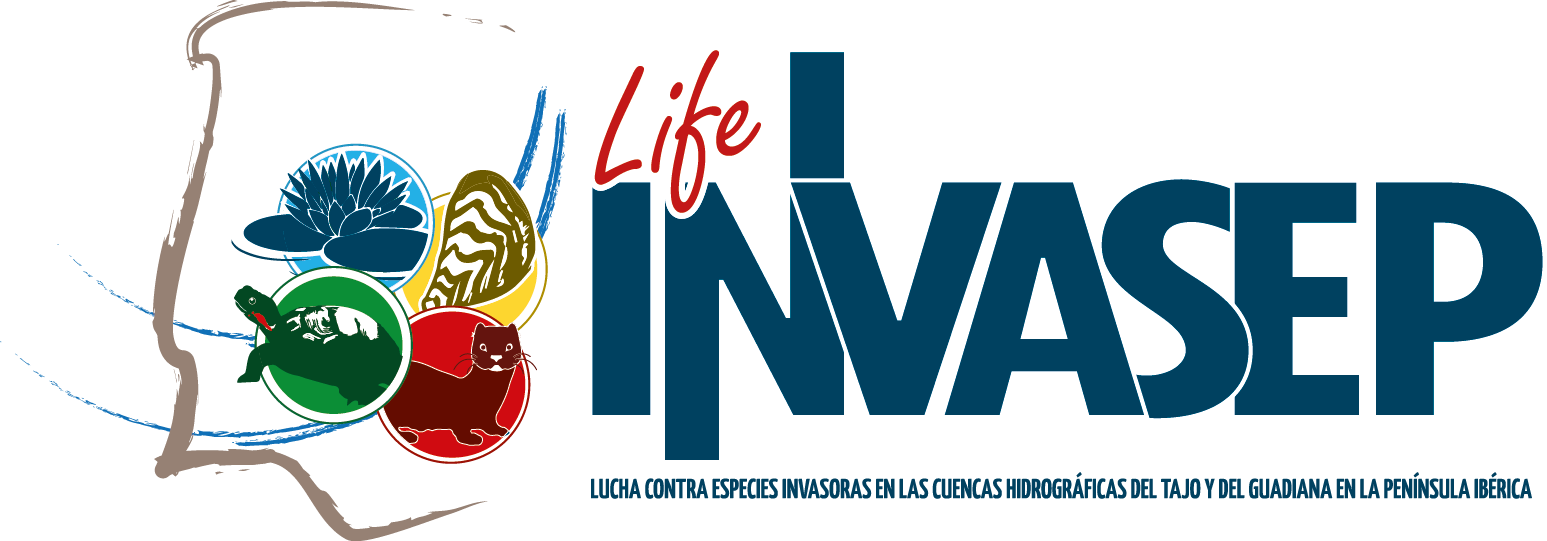






Otros idiomas


Beneficiario Coordinador
Cofinanciador
Beneficiario Asociados


Colaboradores
invasep@juntaex.es
Tfnos: 924 48 82 32 - 671 482 974- 699 372 421
Tfnos: 924 48 82 32 - 671 482 974- 699 372 421
© 2017 Consejería de Medio Ambiente y Rural, Políticas
Agrarias y Territorio - DG Medio Ambiente - GPEX
Con la contribución del instrumento financiero LIFE de la Unión Europea
Agrarias y Territorio - DG Medio Ambiente - GPEX
Con la contribución del instrumento financiero LIFE de la Unión Europea

Beneficiario Coordinador
Cofinanciador
Beneficiario Asociados


Colaboradores
invasep@juntaex.es
Tfnos: 924 48 82 32 - 671 482 974- 699 372 421
Tfnos: 924 48 82 32 - 671 482 974- 699 372 421


Beneficiario Coordinador
Cofinanciador
Beneficiario Asociados


Colaboradores
© 2017 Consejería de Medio Ambiente y Rural, Políticas
Agrarias y Territorio - DG Medio Ambiente - GPEX
Con la contribución del instrumento financiero LIFE de la Unión Europea
Agrarias y Territorio - DG Medio Ambiente - GPEX
Con la contribución del instrumento financiero LIFE de la Unión Europea






















































